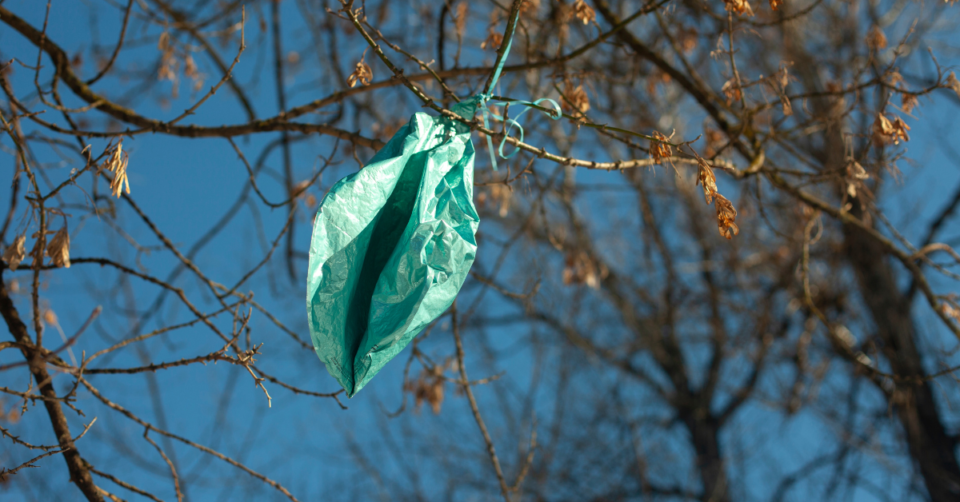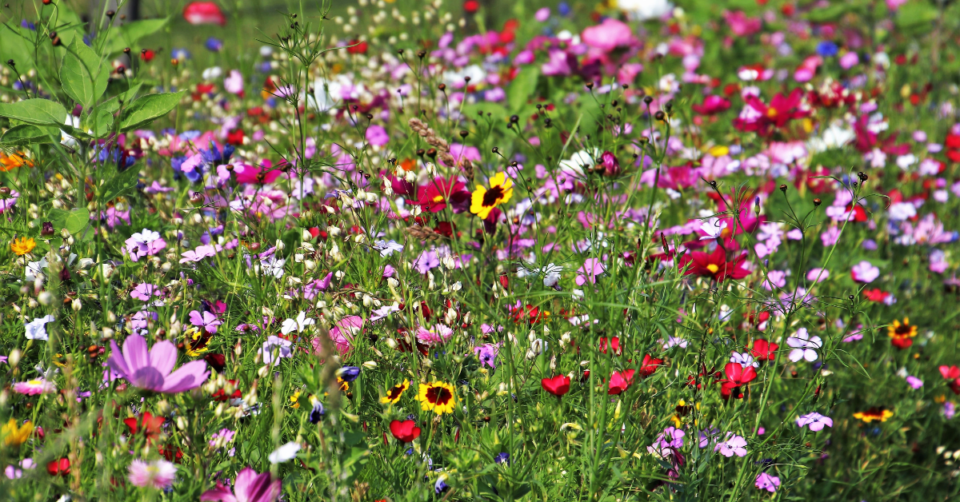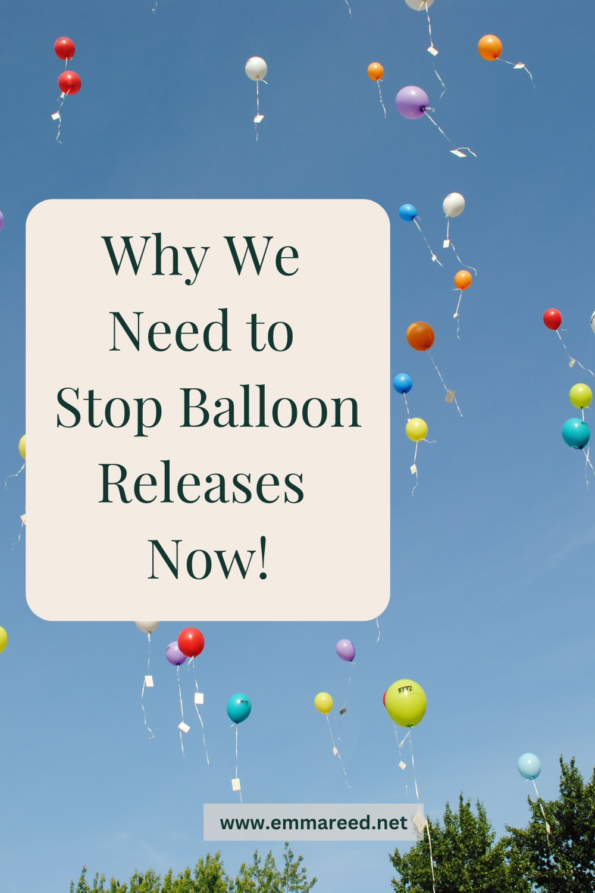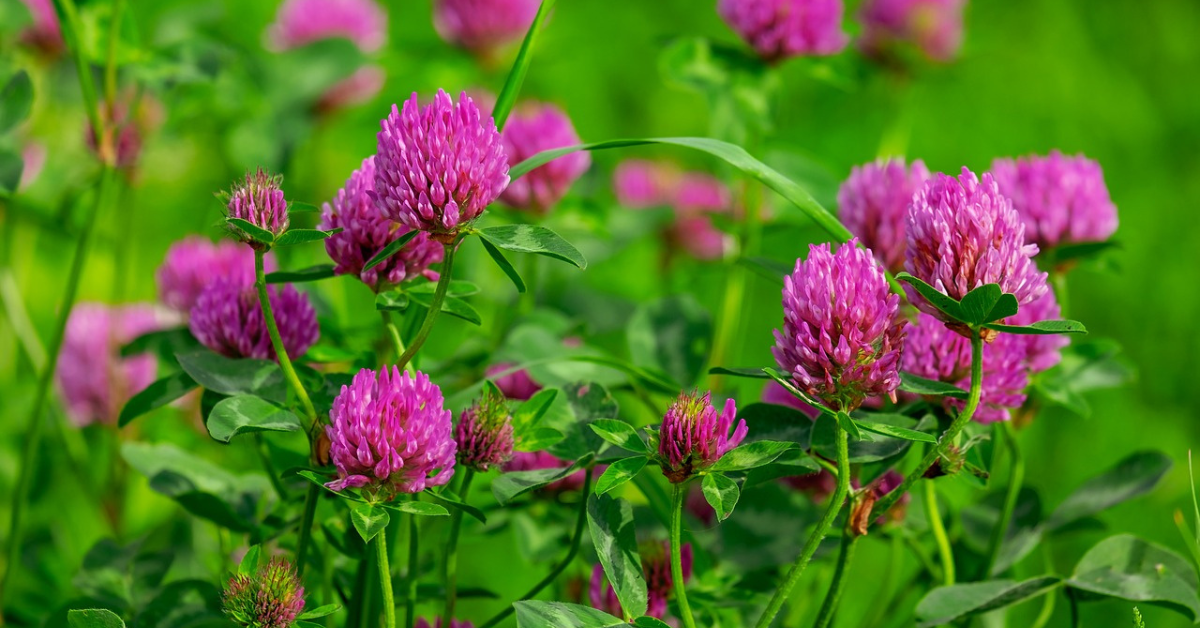
Why We Need to Stop Balloon Releases Now!

As you can tell from the title I absolutely despise balloon releases. They are wasteful, harmful to the environment and can cause injury or death to both wildlife and livestock. Why in 2024 these are still allowed I will never know but here I am writing about it because it still seems to be a popular trend for social media videos, gender reveals, dummy/pacifier releases (yes really!) and remembering a loved one. As heartwarming as these gestures might seem at the time, the environmental repercussions are far from positive. Here’s why we need to stop all balloon releases now and opt for more sustainable alternatives.
The Environmental Impact of Balloon Releases
When balloons are released into the sky, they don’t disappear or “float to heaven”, nope, they become litter – what goes up must come down! The RSPCA has been campaigning to end “Sky Litter” for years and calling it this is an impactful way of helping to get the message across. After all, this isn’t just littering, it is littering on a grand scale. Balloon releases happen all over the world (some intentional, some accidental) and all will eventually lose their buoyancy and descend back to Earth, leading to problems you may never see such as the leaching of microplastics into the ground and waterways as well as the life-threatening risks to wildlife.

Statistics: The Bigger Picture
In the UK alone, it’s estimated that over 50,000 balloons are released each year, with many of these ending up in the ocean. Globally, millions of balloons are released annually (it would be impossible to know a specific amount), and the latest studies have shown that balloon debris is among the top three most harmful pollutants to marine wildlife. One of the worst parts of this act is that balloons don’t always come down complete, instead they pop and divide leaving a bigger trail of destruction:
“An estimated 90-95 per cent of released balloons will rise to an altitude of three kilometres and burst into small fragments. The remaining balloons may float many miles before descending to the ground or sea semi-inflated. The largest-ever balloon release seen was 1.4 million balloons in the US – of those, it has been reported that 140,000 could have fallen to the land.“
RSPCA
Some balloon types including foil balloons are made from plastic and can take up to 500 years to breakdown but even then, they will never fully disappear, they will simply become microplastics. For those balloons landing in remote areas with no one to litter pick them, that is an awful lot of years they can cause damage in.
The Harm to Wildlife and Livestock
When balloons and their ribbons fall to the ground, they pose a significant threat to wildlife and livestock. Marine animals, such as turtles, dolphins and seabirds, often mistake balloons for food – they look a lot like jellyfish when bobbing in the water – leading to ingestion that can cause blockages and death. In rural areas, livestock like horses and sheep can become entangled in balloon ribbons or ingest parts of or even whole balloons, leading to choking, intestinal blockages and even death.
Are ‘Biodegradable’ Balloons Better?
Even if the balloons are marked as biodegradable they STILL pose risks and create litter. Biodegradable is often seen as a quick fix – there really seems to be this misconception that they will disintegrate within moments of hitting the ground – but in reality, these can take up to 10 years to fully breakdown. Yes, they are better because they are made from latex rather than plastic but it only takes moments for an animal to mistake it for something edible.
UK Councils Leading the Way
Thankfully some UK councils (not all) have already recognised the detrimental effects of balloon and lantern releases and have implemented bans or restrictions. These councils include:
- Brighton and Hove City Council: One of the first to implement a ban on balloon releases on council-owned land.
- Plymouth City Council: Banned the release of balloons and sky lanterns on council property.
- North Norfolk District Council: Prohibited the release of balloons and sky lanterns to protect the coastline and marine life.
- Durham County Council: Adopted a ban on the release of balloons and sky lanterns across the county.
- Stafford Borough Council: Implemented restrictions on balloon releases due to environmental concerns.
- City of London Corporation: Prohibits the release of balloons and sky lanterns in all open spaces it manages.
- Canterbury City Council: Banned the release of balloons and sky lanterns on council land.
According to the Marine Conservation Society the full list looks like this:
English Local Authorities
- Bath & North East Somerset Council (sky lanterns only)
- Borough Council of King’s Lynn & West Norfolk
- Braintree District Council
- Bude & Stratton Town Council
- Calderdale Metropolitan Borough Council (sky lanterns only)
- Canterbury City Council
- Carlisle City Council
- Cheltenham Borough Council
- Chesham Town Council
- Chorley Council (balloon ban only)
- Colchester Borough Council (balloon ban only)
- Cornwall County Council
- Devon County Council
- Dover District Council
- Durham County Council
- East Riding of Yorkshire Council
- East Suffolk Council
- Essex County Council (sky lanterns only)
- Gateshead Council
- Gedling Borough Council
- Great Yarmouth Borough Council
- Gloucester City Council
- Hartlepool Borough Council
- Herefordshire (sky lanterns only)
- Hertfordshire County Council
- Hinckley & Bosworth Borough Council
- Isle of Wight (balloon ban only)
- Kirklees Council
- Lancaster City Council
- Lewes District Council
- Lewisham Council (sky lanterns only)
- Maldon District Council (balloon ban only)
- Milton Keynes Council
- Newcastle City Council
- New Forest District Council (sky lantern ban only)
- Norfolk County Council
- North Norfolk District Council
- Northumberland County Council
- Nottinghamshire County Council
- Oxford City Council
- Plymouth City Council
- Portsmouth City Council
- Redbridge Borough Council (balloon ban only)
- Reigate and Banstead Borough Council (balloon ban only)
- Rochford District Council
- Sedgemoor District Council
- Sefton Council
- Shropshire Council
- South Hams District Council (balloon ban only)
- South Kesteven District Council
- South Ribble Borough Council
- South Tyneside Council (balloon ban only)
- Stockport Metropolitan Borough Council
- Sunderland City Council
- Swale Borough Council
- Swindon Borough Council
- Teignbridge District Council
- Tewkesbury Borough Council
- Thanet District Council
- Tonbridge & Malling Borough Council (balloon ban only)
- Torbay Council (balloon ban only)
- West Berkshire Council (sky lantern ban only)
- West Oxfordshire District Council
- Weymouth Town Council
- Windsor & Maidenhead Council (balloon ban only)
- Wirral Council
- Worcestershire County Council
Scottish Local Authorities
- Aberdeen City Council
- Aberdeenshire Council
- Argyll and Bute Council
- Angus Council
- Dundee City Council
- East Lothian Council
- Fife Council
- Highland Council
- Orkney Islands Council
- Perth & Kinross Council
- Shetland Islands Council (balloon ban only)
- West Dunbartonshire Council
Welsh Local Authorities
- Anglesey County Council
- Blaenau Gwent County Borough Council
- Bridgend County Borough Council
- Cardiff Council
- Caerphilly County Borough Council (sky lanterns only)
- Carmarthenshire County Council (sky lanterns only)
- Ceredigion County Council (sky lanterns only)
- Conwy County Borough Council
- Flintshire Council
- Gwynedd Council
- Merthyr Tydfil Council
- Monmouthshire County Council
- Neath Port Talbot Council
- Pembrokeshire County Council
- Powys Council (sky lanterns only)
- Rhondda Cynon Taff Council (sky lanterns only)
- Vale of Glamorgan Council (sky lanterns only)
Northern Irish Local Authorities
- Ards & North Downs Council
- Belfast City Council
- Coleraine Borough Council
- Mid & East Antrim Borough Council
- Newry, Mourne & Down
Is yours there? Mine isn’t.
If it isn’t and you think it should be, why not contact your local authority today with your concerns? Perhaps your MP too. If yours does have a ban in place but doesn’t appear here you can let the Marine Conservation Society know so it can be added to their list.
These councils are setting a precedent, let’s truly hope more begin to follow suit.
Sustainable Alternatives
So, what can we all do instead of releasing balloons?
- Plant a Tree or Garden: Creating a living memorial will provide a place that you can visit and enjoy for years to come. A perfect way to commemorate and remember a loved one who has passed. This will also have a positive impact on the environment.
- Blow Bubbles: Bubbles are a fun and safe way of marking a celebration or remembrance.
- Kite Flying: Flying kites can be a beautiful and symbolic gesture, especially in open spaces.
- Seed Bombs: You could purchase seed bombs for all of your guests/mourners to throw into a dedicated spot. Once the wildflowers bloom you could all reunite to admire them.
- Floating Flowers: How about releasing flowers or petals into a body of water to mark the occasion or memorial day? These will look beautiful but also feel very spiritual without having a negative impact.
- Flags: Ask everybody to design and make a flag for the occasion. These can be waved and shown off then kept as a keepsake or placed in a memory box.
- Butterfly Release: Butterflies symbolise a rebirth so these are a stunning way to remember your loved one or to celebrate a new baby being born.
- Jam Jar Lights: Ask friends and family to clean and decorate an empty jam jar with words or images of the loved one. Place a candle inside and light it together at night to remember them.
- A Charity Memory Walk: Why not show how much someone meant to you by organising a charity memory walk in their name? That way you can spend time with loved ones, talk about your memories of who has passed and raise some money for a charity that would really benefit from it.
- Memory Stones: Another lovely idea would be to decorate stones with messages or memories and placing them in a meaningful location.

While balloon releases may intially seem like a harmless way to celebrate or commemorate somebody, their environmental impact is massive. Let’s stop this form of littering once and for all and choose safe, fun, meaningful and sustainable alternatives instead. What do you think?

Pin for later:





